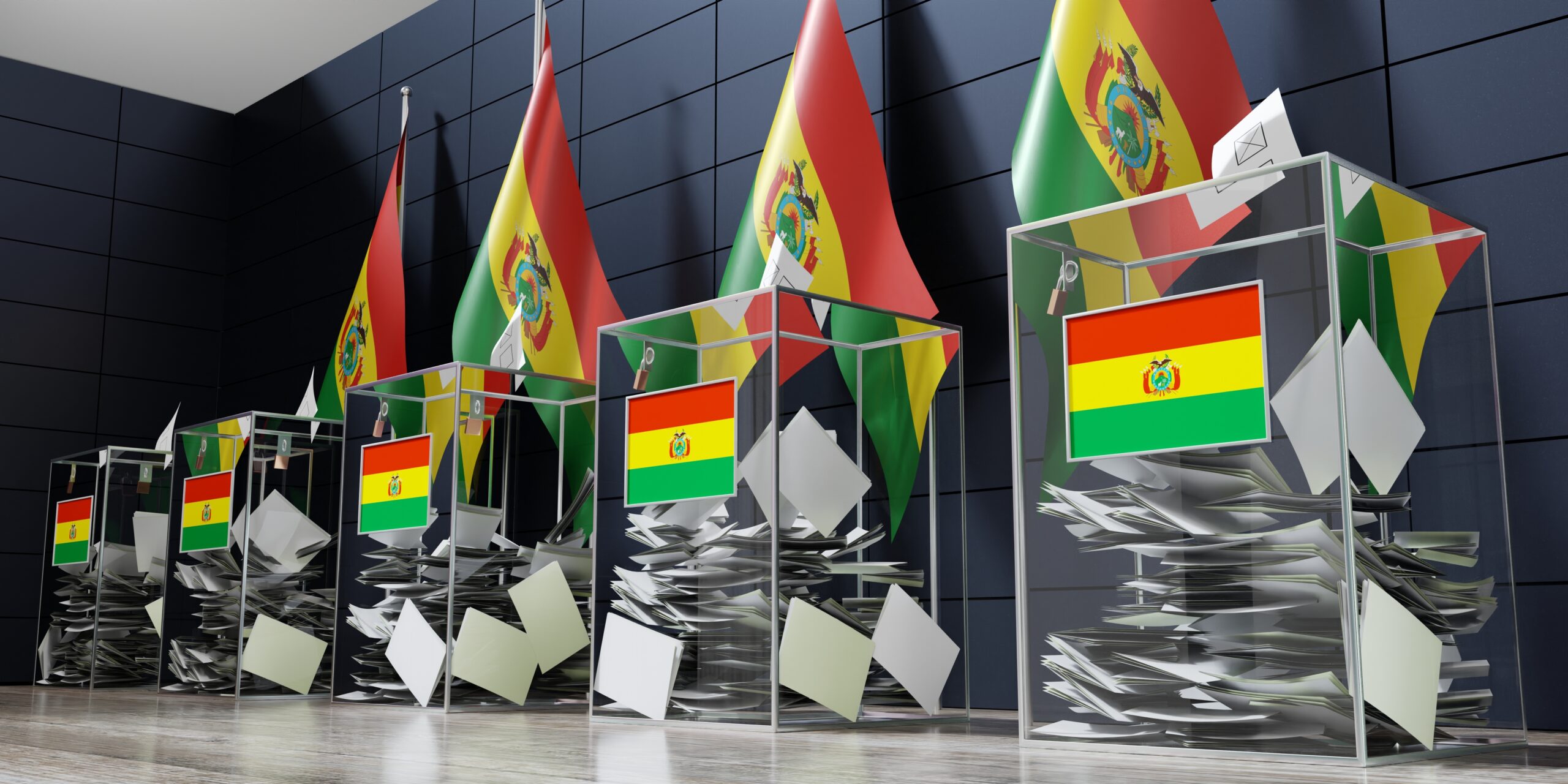Bolivia Prepares for a Historic Presidential Runoff, Marking the End of the MAS Era

For the first time in its history, Bolivia will hold a presidential runoff election on October 19 to decide its next president. Nearly 8 million citizens are called to the polls to choose between two visions of change that promise to pull the country out of its economic and political crisis, closing a two-decade-long chapter with the Movement for Socialism (MAS) in power.
The two contenders are former president Jorge Quiroga, representing the Freedom and Democracy Alliance (Libre), and Rodrigo Paz of the Christian Democratic Party (PDC), the unexpected winner of the first round. Although polls place Quiroga as the frontrunner, a high level of undecided voters keeps the outcome uncertain. The elected president will take office on November 8, alongside the newly constituted Legislative Assembly.
The absence of MAS from the presidential race is no coincidence: it reflects deep social discontent fueled by government paralysis, internal party conflicts, and an economic crisis that has hit citizens’ wallets hard. Faced with a shared diagnosis of crisis, both candidates propose very different paths forward — the choice lies between a sharp break and a more moderate transition.
A sharper break or a gradual transition
Jorge Quiroga embodies a more radical rupture with the previous model. In his third bid for the presidency, after losing to Evo Morales in 2005 and 2014, Quiroga’s experience as former president (2001–2002) and his clear pro-market stance position him as the candidate of more decisive change. His proposals include the legalization of cryptocurrencies, the elimination of double taxation on foreign investment, and the removal of import tariffs on medicines.
Rodrigo Paz, on the other hand, offers a more moderate vision of change. His campaign strategy has focused on attracting traditionally progressive voters, softening his rhetoric to present himself as a viable option for the left. His main proposals include creating a Foreign Exchange Stabilization Fund and modernizing labor legislation to adapt it to the current economy.
Governing with a fragmented Assembly
The new Legislative Assembly, defined in the first round in August, leaves both candidates without an outright majority. This means the next government—regardless of who leads it—will be forced to negotiate and build coalitions to govern effectively.
Although Paz’s PDC holds a slight advantage in the number of seats and the legislature shows a “shift to the right” following Morales’s call for abstention, dialogue and coalition-building will be key. Despite the fragmentation, the relatively small ideological distance among the represented parties could allow the future administration to build majorities with relative ease.
The economy: discontent driving the vote
Beyond the personalities, the decisive factor in this election is the country’s pressing economic situation. Public discontent is widespread, rooted in everyday hardships such as the shortage of U.S. dollars, rising inflation, and declining purchasing power. According to surveys, 63% of Bolivians see economic recovery as the country’s most urgent issue, while price control ranks second.
This scenario has produced an electorate focused on practical and immediate solutions, making the economy the main battleground on which the next president will be chosen. On Sunday, Bolivians will decide between Quiroga’s sharp break and Paz’s moderate transition. Yet regardless of who wins, the structural challenges will remain: managing an economy in crisis and navigating governance in a deeply divided Congress.
